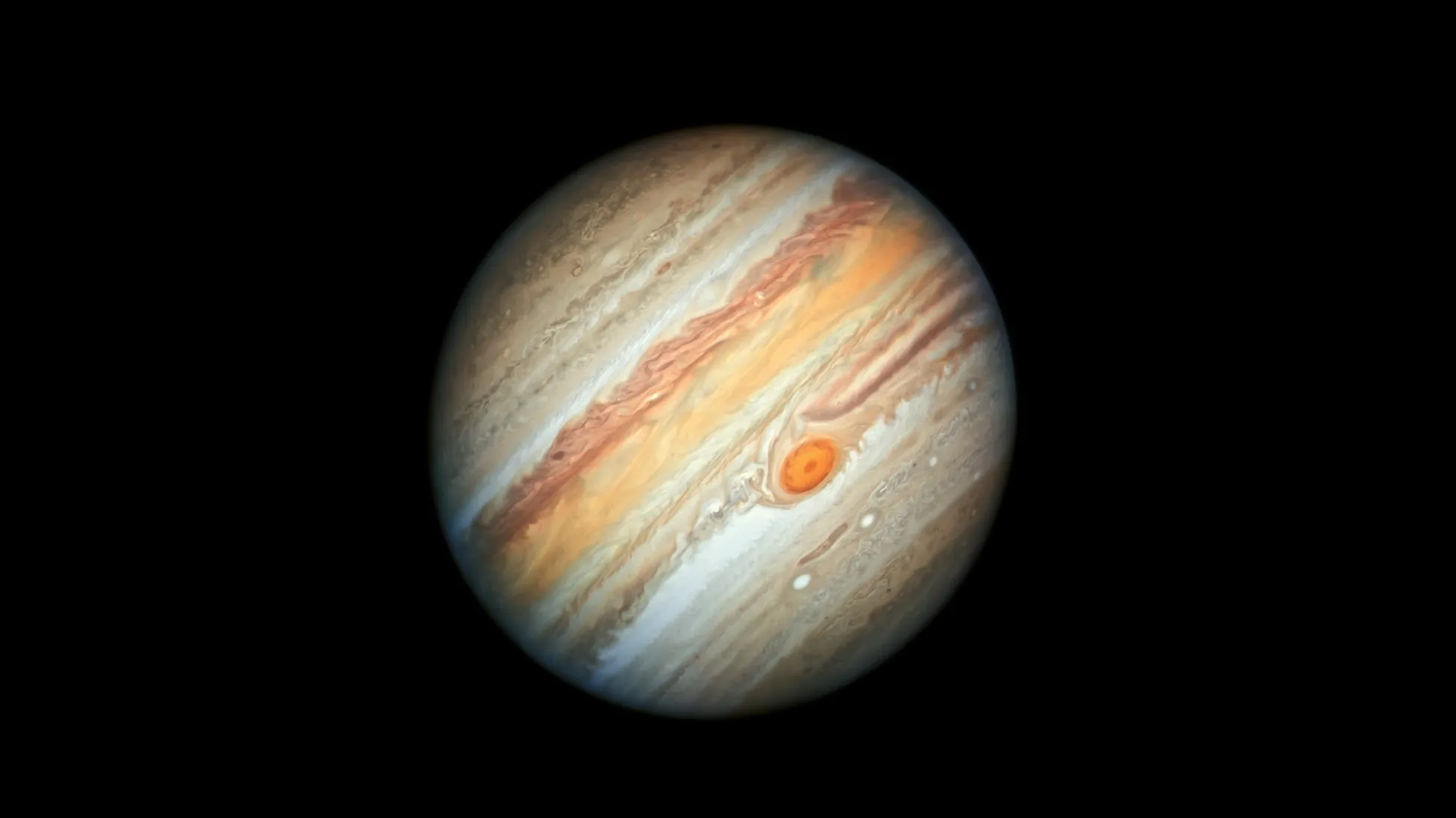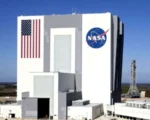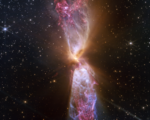NASA’s Hubble Space Telescope has recently observed unprecedented behavior in Jupiter’s Great Red Spot (GRS), a massive storm system that has raged for centuries. Spanning a size large enough to engulf Earth, the Great Red Spot has drawn attention for its dynamic nature, but never before have scientists documented the storm exhibiting this “jiggling” effect. The oscillations in its size and fluctuations in speed are unlike any changes previously recorded, leaving astronomers both puzzled and intrigued. As the Hubble Telescope captured these unusual shifts, questions have arisen about the potential causes behind this newfound instability.
The Great Red Spot’s surprising movement comes as a major revelation in planetary science. Despite its gradual shrinking over the past decade, recent data reveal unpredictable expansions and contractions that diverge from its historical patterns. A team of astronomers, led by Amy Simon from NASA’s Goddard Space Flight Center, published these findings in The Planetary Science Journal, marking a groundbreaking moment for those studying Jupiter’s atmospheric dynamics. Simon expressed the team’s amazement, noting that while scientists have previously observed slight changes in the storm’s positioning, this ongoing “jiggle” is a completely unexpected development.
In addition to size oscillations, the Great Red Spot is now varying in speed—a feature newly documented through Hubble’s advanced imaging capabilities. According to the team’s analysis, the storm’s changes in velocity could point to fluctuations in Jupiter’s atmospheric conditions, though the exact mechanisms remain unclear. By closely examining the storm’s behavior through the telescope, researchers hope to uncover insights into the atmospheric dynamics at play, which may be driven by factors beyond Jupiter’s traditionally observed forces.
With these findings, astronomers are now exploring theories that could explain this puzzling transformation. One possibility under consideration is that internal atmospheric forces may be causing a disturbance in the storm’s structure. This unanticipated phenomenon highlights the complexity of planetary weather systems and reminds scientists of the vast unknowns within our solar system. As the study continues, further observations may provide clues to help explain the Great Red Spot’s new and mysterious behavior, potentially advancing our understanding of Jupiter’s volatile atmosphere.


















